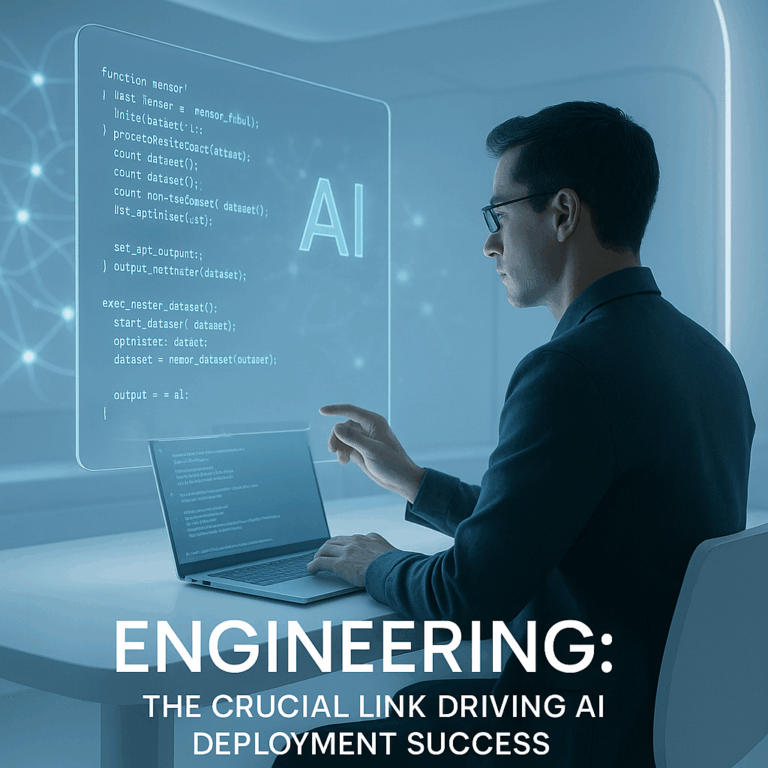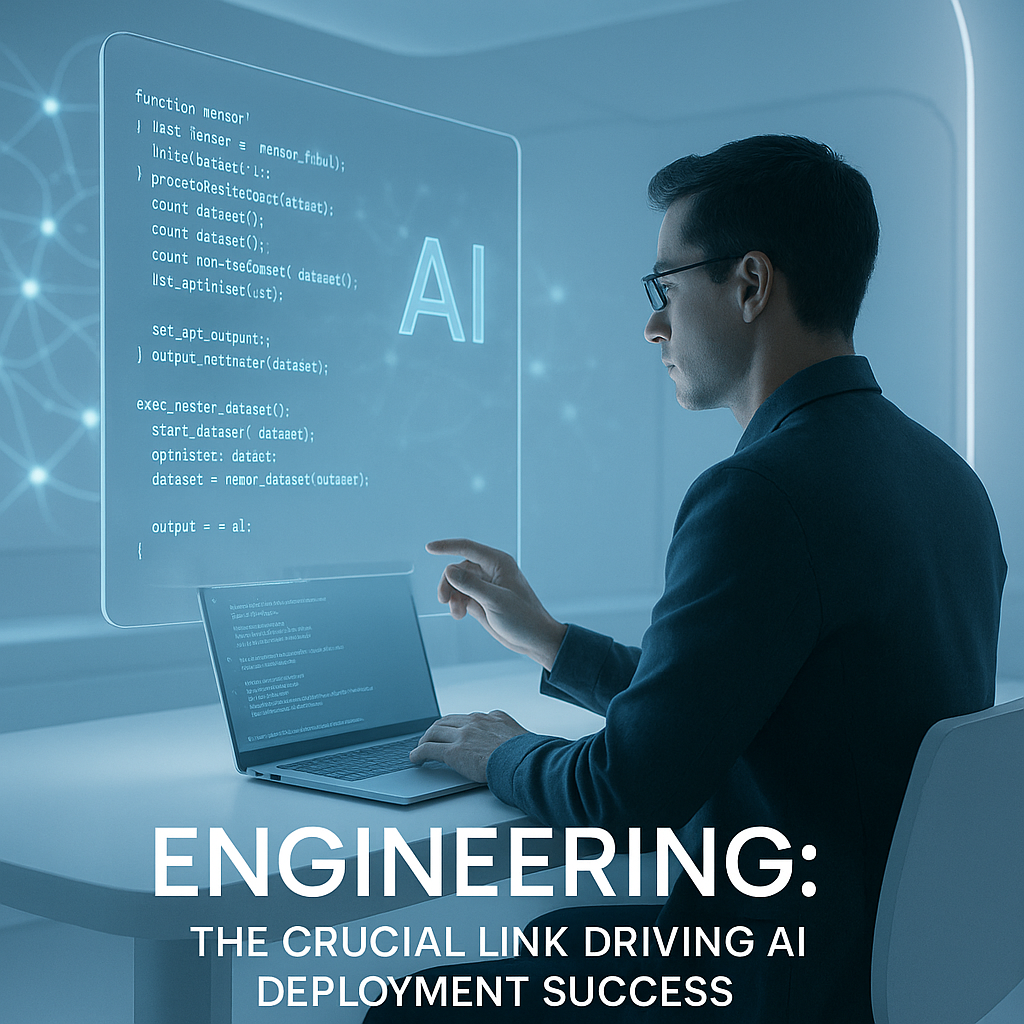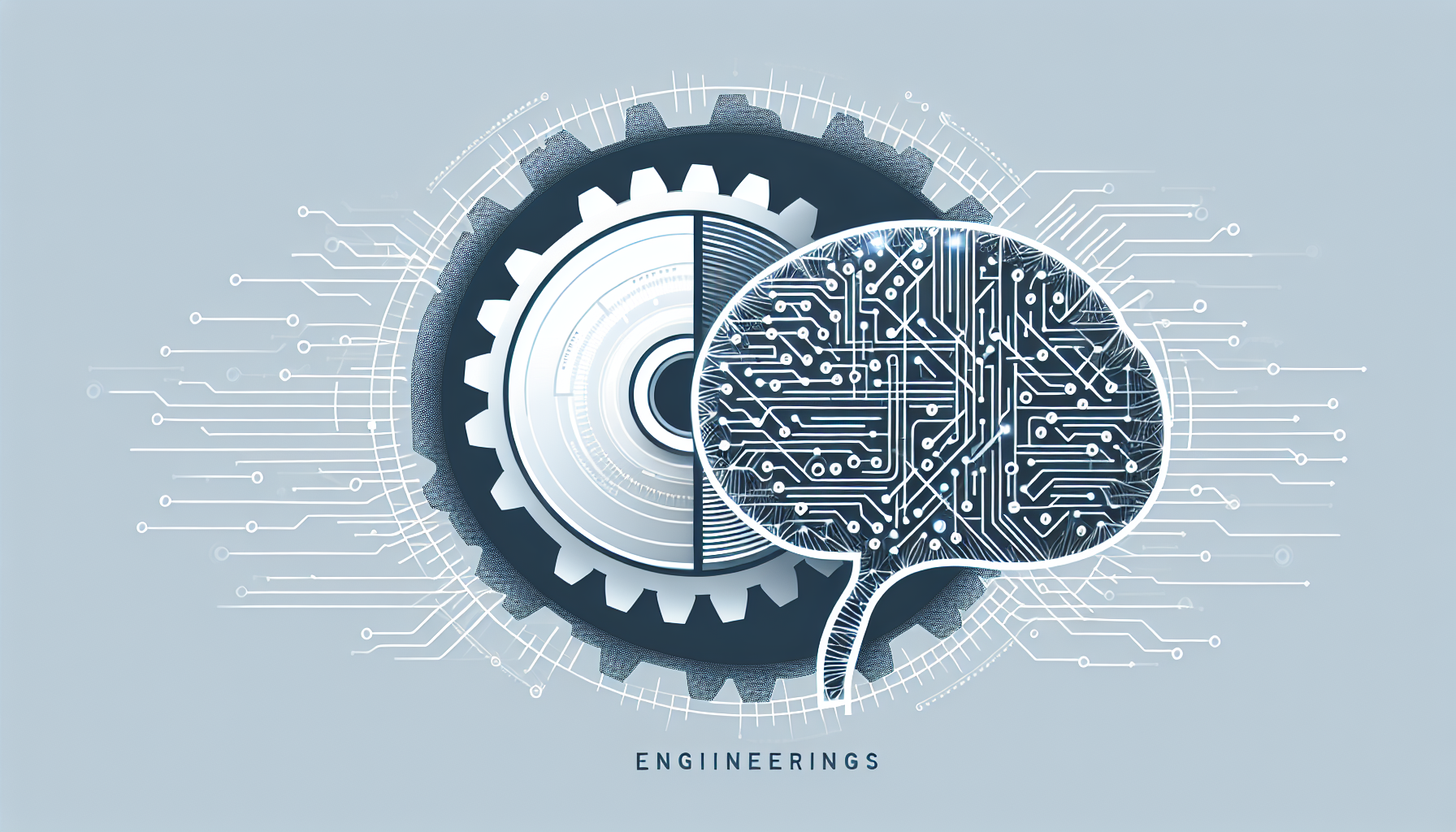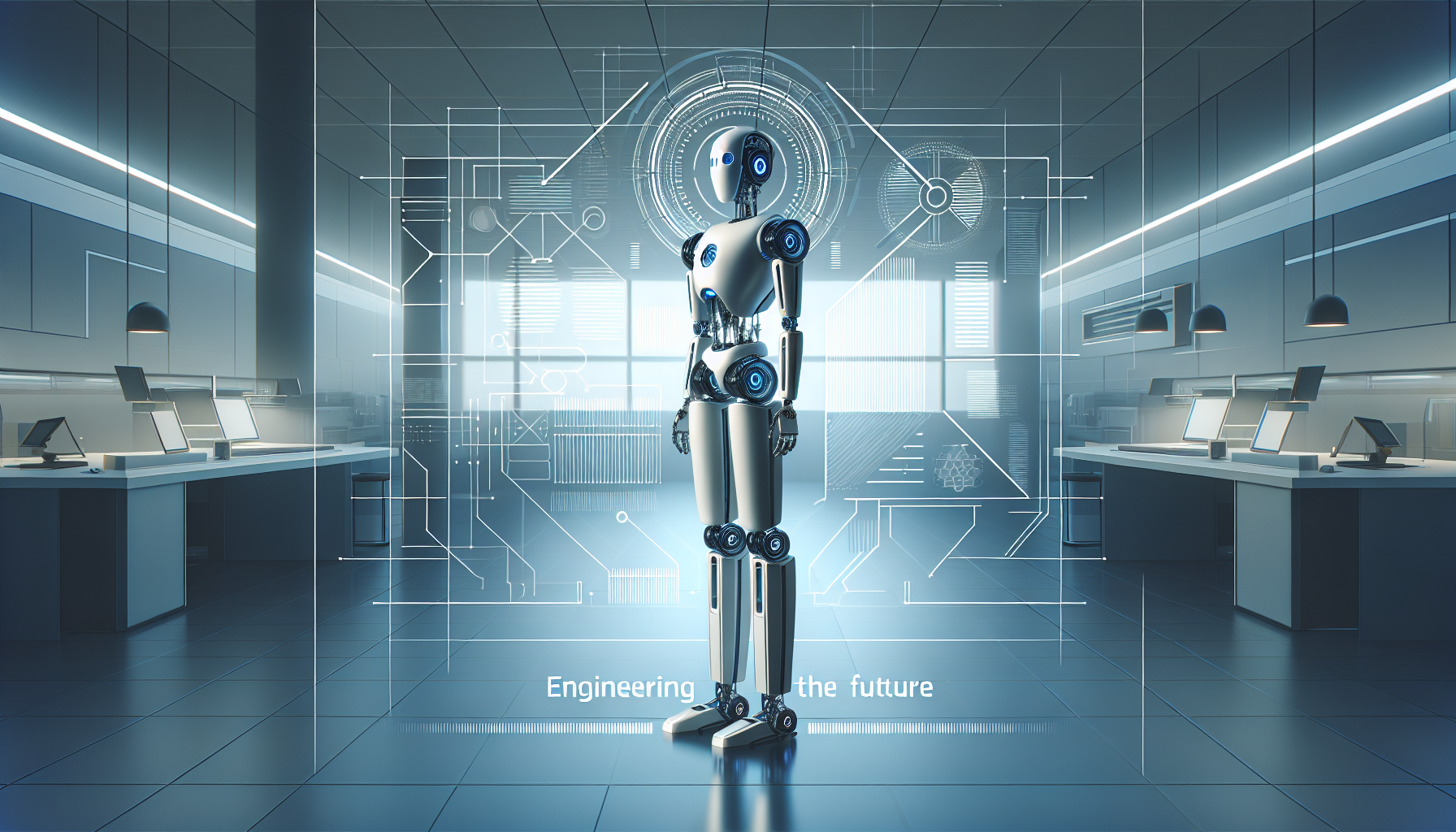The Engineering Backbone of AI Deployment Success
In the evolving landscape of artificial intelligence, successful AI deployment hinges on more than just sophisticated algorithms. Engineering stands at the core of transforming AI concepts into reliable, scalable, and efficient AI solutions that drive real-world business innovation. Whether integrating AI in marketing optimization, systems design, or robotics applications, the engineering discipline serves as the crucial bridge between theoretical models and operational technology.
Engineering as the Catalyst for Practical AI Implementation
Engineering drives the meticulous process of AI implementation by addressing technical infrastructure, software development, and system interoperability challenges. An AI model’s value multiplies exponentially when engineering expertise ensures it runs efficiently on target platforms, integrates seamlessly with legacy systems, and adheres to security and compliance requirements.
In software development, engineering shapes Machine Learning pipelines that transform raw data into actionable intelligence. The design of robust APIs, workflow orchestration, and model deployment frameworks demands precision programming combined with innovative system design. Engineering teams leverage techniques like containerization and microservices architecture to achieve scalability and maintainability—cornerstones for long-term business impact.
Overcoming the Complexity of AI Integration in Business Systems
Business applications of AI often involve heterogeneous technology stacks and evolving data ecosystems, complicating AI integration. Engineers must navigate a landscape of fragmented data sources, variable data quality, and legacy infrastructure, applying creative solutions to maintain system cohesion.
Programming experts collaborate with data scientists to implement data pipelines that ensure clean, timely input to AI models. Meanwhile, engineers focus on performance optimization, minimizing latency, and maximizing throughput critical for AI-powered customer experiences and decision support systems. This multifaceted approach underscores how engineering excellence shapes AI implementation from prototype to production.
Engineering Innovations at the Intersection of Robotics and AI

The fusion of robotics with artificial intelligence epitomizes future of computing advancements, with engineering driving innovation beyond software. Robotics demands rigorous hardware-software co-design where AI algorithms control sensors, actuators, and embedded systems in real time.
Engineers develop adaptive control systems, integrating Machine Learning that enables autonomous decision-making in dynamic environments. This synergy fuels breakthroughs in automation, from precision manufacturing to service robotics, where AI-powered systems enhance efficiency, safety, and user interaction. Unlocking these capabilities requires cross-disciplinary engineering adept in programming robotics middleware, real-time systems, and AI inference optimization.
Creative Applications of AI: Realizing Business Potential Through Engineering
Creative deployment of AI in marketing, customer engagement, and business intelligence reflects the transformative power of engineering-led AI solutions. Advanced natural language processing models enhance chatbots and personalized content generation, while predictive analytics drive targeted marketing campaigns.
Behind these innovations lie engineers designing scalable architectures to support high-volume interactions and integrating AI with existing CRM and ERP systems. By balancing cutting-edge AI capabilities with pragmatic systems design, engineering teams turn innovative ideas into robust business tools that amplify revenue streams and enhance customer satisfaction.
Recommendations for Engineering-Driven AI Deployment
1. **Prioritize Modular Systems Design:** Building AI architectures with modularity promotes flexibility, scalability, and easier maintenance, critical for evolving AI capabilities and dynamic business needs.
2. **Integrate Cross-Functional Expertise:** Successful AI implementation requires collaboration between engineers, data scientists, business strategists, and domain experts to align technical solutions with strategic objectives.
3. **Invest in Robust Data Engineering:** Reliable input data pipelines and quality controls underpin effective AI solutions. Engineering teams must design automated workflows for data cleaning, validation, and monitoring.
4. **Leverage Containerization and Cloud Deployment:** These technologies enable rapid scaling, version control, and continuous delivery of AI software, reducing downtime and accelerating innovation cycles.
5. **Focus on Human-Centered Engineering:** While AI operates on complex algorithms, engineering must keep user experience and accessibility at the forefront to ensure that AI-driven tools are practical and intuitive.
Advancing the Future of Technology in Business Through Engineering Excellence
Engineering is not merely a support function but a proactive force that transforms AI from abstract potential into tangible business value. The synergy between programming, systems design, and technology innovation accelerates AI adoption within organizations, setting new benchmarks for performance and user engagement.
As AI continues to shape the future of computing and business landscapes, the role of engineering will remain pivotal. By embracing both technical rigor and imaginative problem-solving, engineers pave the way for AI solutions that are sustainable, impactful, and poised to redefine how businesses operate and innovate.


